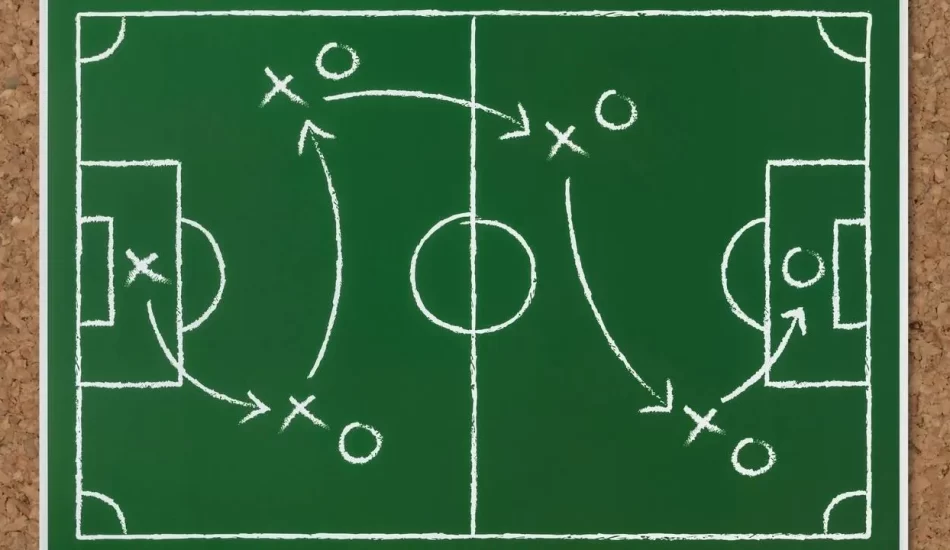The Strategic Value of Knowing When to Wait for USCIS

Communicating with USCIS (or any large government agency for that matter) is a delicate art. As it becomes increasingly challenging to deal with USCIS, it is important to be strategic when reaching out, submitting inquiries, and making requests.
When you file a case with USCIS, you must balance the urge to follow up on your case constantly (out of fear that it is being mishandled or forgotten) with a fair amount of self-constraint in order not to negatively impact the processing of your petition.
There are several ways to get in contact with USCIS, but none of them is particularly easy, efficient, or worthwhile. In recent months, USCIS has made it even more difficult to check in on a pending case. Over the past year, USCIS has:
- Eliminated the option to schedule Infopass appointments online;
- Began refusing walk-ins at local field offices for missed appointments or other inquiries;
- Changed the automated options when calling the customer service line to make it harder to get an officer on the phone;
- Increased the use of “agent call back” system in order to get helpful answers to case-specific questions (with general call back times ranging from 2-9 hours);
- Began refusing to speak to paralegals or other persons related to a case over the phone;
- Limited the options for re-submitting or escalating service requests even if a previous request has already been processed by USCIS (but the response was unsatisfactory).
When you work in immigration law and handle a high volume of cases, it is easy to see patterns and routines from USCIS. These patterns can help you to know when delays or other errors are alarming and when they are standard or benign.
On the other hand, for an applicant with a single case with USCIS, these patterns and standard procedures can be harder to identify. This makes it much more tempting to want to check in frequently. For someone who is filing their first case with USCIS, certain activity or delays may seem abnormal or disconcerting, while an immigration firm or attorney may understand that there is no cause for concern (or can quickly identify if there is!).
In addition to recognizing processing patterns at USCIS to avoid unnecessary panic or follow up, it is important to understand how various government agencies and offices work together (or don’t work together, in some cases) to process immigration petitions from start to finish.
Depending on the type of petition being filed, a case might pass through any of the following before it is approved: one or more national USCIS processing centers, the National Visa Center (Department of State), one or more US embassies or consulates abroad, a contracted service/support center abroad, an international USCIS field office, and/or a local USCIS field office. Each of these offices or agencies may have limited knowledge of the case or may be unable to access important information that another office or agency has on file.
For this reason, applicants should pay close attention to where their case is and make sure any new or updated information is passed along to the correct office. There also may be limitations in correcting an error or altering information on a case if it is no longer being handled by USCIS and has moved on to another office. When cases need to be transferred back to USCIS from the NVC or from US embassies or consulates abroad, it can take many months for information to become available to the applicant.
While there are no specific guidelines for how much or how often to follow up with USCIS or other agencies involved in the process, it is important to understand that frequent check ins when a case is still within “normal processing time” will not speed up processing, but that submitting a higher level request (likely setting up an in-person Infopass appointment, speaking to a “Tier 2” officer, or having an attorney enlist Congressional assistance) once something is wrong or off track can be extremely helpful. The trick is identifying when this is necessary and when it is not. Learn more about how strike the perfect balance here.
